Coated vs Uncoated Paper: Which to Choose for Your Project?
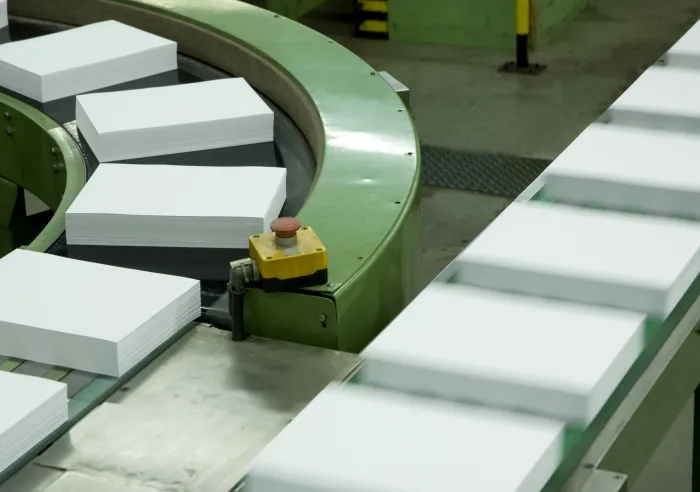
estimated reading time: 5 minutes
Printing is a very detailed business. So there are many decisions
to be made as you prepare your project for production. One of the fundamental
decisions is selecting a paper stock that provides the properties necessary to
achieve your desired outcome.
Though there are many types of paper from which to choose, they all fall under two main categories: Coated and Uncoated.
In this article,
we will explore the difference between coated and uncoated paper. Knowing how
these stocks differ will help you decide which one is the better choice for
your particular project.
Before we continue, we want to be clear that we're not
talking about varnishes, aqueous coatings, UV coatings, laminates, or any other
coatings your printer may (or may not) apply after the ink has been laid down. This
article is talking about coatings that may (or may not) be applied at the mill
during the paper manufacturing process…before your printer even receives the
paper and prints on it.
What is Coated paper?
Coated paper refers to paper that has been coated with a
thin layer of material. This coating layer can be made from a variety of
substances, including clay, polymers, and pigments. Paper mills apply the
coating during the manufacturing process to add a variety of characteristics to
the paper, including diverse levels of whiteness, weight, opacity, smoothness,
and sheen.
The surface of raw paper is naturally rough because it is
made from wood fibers. Coatings are applied in layers of varying thicknesses to
fill in some or all of this naturally rough texture. The coating can be applied
to one side or both sides of a paper sheet.
The more coating a particular paper receives, the smoother
its surface will become and the more it will reflect light. For example, a
gloss-coated sheet will have a thicker layer of coating that fills in more of
the paper's rough texture. Thus, it will have a slicker surface that reflects
light in a uniform pattern and gives the paper a high level of sheen.
Conversely, matte and dull coated sheets have thinner layers
of coating that only partially fill in the rough texture of the paper sheet.
Because the surface of the paper still maintains some of its natural texture,
it scatters light in multiple directions. This reduces the amount of reflectivity
and therefore results in lower levels of sheen.
In addition to adding varying levels of sheen and
smoothness, paper coatings slow the amount of ink that can seep into the porous
paper fibers. The thicker the coating layer, the less ink will be absorbed into
the paper. Hence, a gloss-coated stock will not absorb ink. This means the
applied ink will not spread out very far, resulting in sharper images with more
vibrant colors.
On the other hand, matte and dull coated stocks have a
thinner coating. This allows the paper to still absorb some ink, resulting in softer
images with more muted colors.
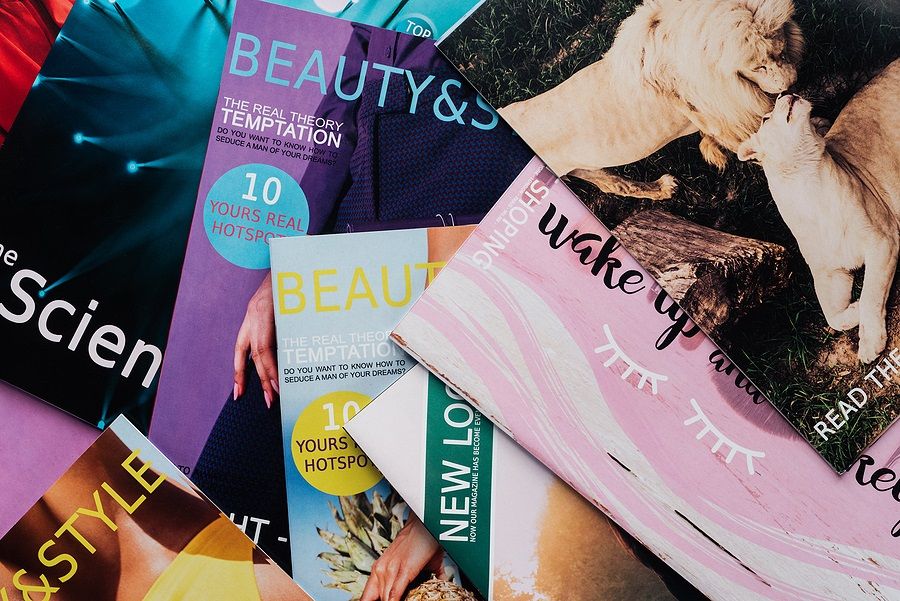
What types of projects use Coated Paper?
Coated paper is ideal for printing high-resolution
photographs and graphics. This makes it the perfect choice for marketing and
promotional materials, plus other image-heavy documents like catalogs or
magazines where color accuracy and vibrancy are important.
Also, because coated stocks are more durable and offer some
resistance against dirt and stains, it is a good choice for print materials
that will be handled frequently. However, coated papers are not the best choice
for printing that will need to be written or drawn upon, such as notepads,
coloring books, workbooks, forms, or appointment cards.
What is Uncoated paper?
Uncoated paper refers to paper that does not receive any coating
during the manufacturing process. This means the paper will have a rougher,
more natural texture. It is also more absorbent than coated paper. Because no
surface treatment is applied, uncoated paper has virtually no sheen. Common examples
of uncoated stocks include offset, bond, opaque, Bristol, laid, linen, index, and
vellum.
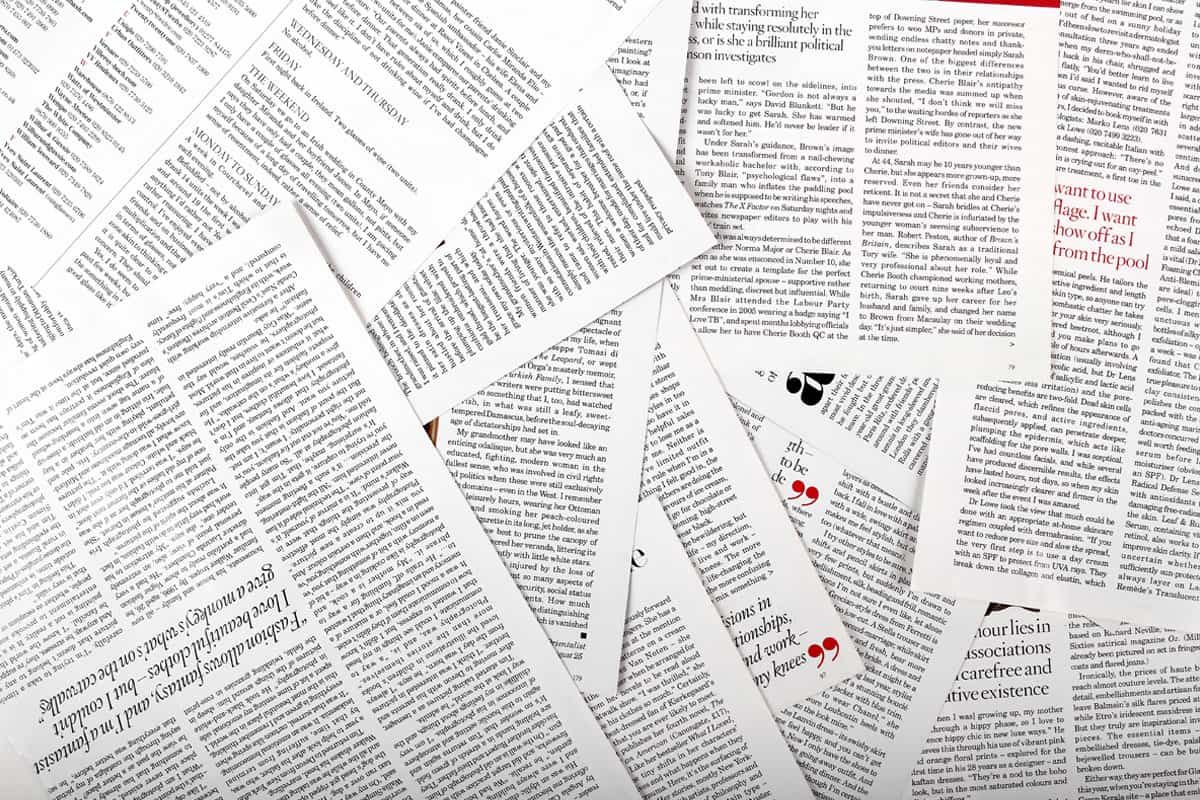
What types of projects use Uncoated Paper?
Because it doesn't reflect light, an uncoated paper stock does
not cause glare. This makes uncoated paper a good choice for the pages of books,
manuals, newsletters, and other text-heavy documents.
Also, the softer and more natural appearance of uncoated
paper can provide an air of sophistication and refinement. This is why you will
often see uncoated paper used for business cards, invitations, report covers, and presentation
folders.
Uncoated paper is also a good option for any print materials
that will need to be written on or overprinted, such as letterhead and
envelopes. However, because uncoated paper is porous, it may not be the best
choice for printing that will be handled frequently.
Summary of the Advantages of Coated Paper
- Produces sharper and more vibrant colors
- Provides a smoother and more even surface for printing
- Offers more resistance to dirt and moisture than uncoated paper
- Available in a variety of sheen levels
- Feels smoother to the touch
- Can be top coated with an aqueous or UV coating
Summary of the Advantages of Uncoated Paper
- Provides a more natural and textured look and feel
- Subdued ink colors add an element of sophistication
- Reduces glare for text-heavy documents
- Can be written on easily with pen or pencil
- A good fit for projects that require folding
- Offers a nice contrast for embossing or foil stamping
As you can see, Coated and Uncoated papers both offer unique advantages. The decision on which to use is largely guided by the specific needs of a particular project.
Hopefully, this article has explained the differences
between coated and uncoated paper well enough so you'll know when to choose one
over the other.
Color Vision Printing is always ready to help
Coated and uncoated paper stocks are available in text
weights, cover weights, and cardstock. Because choosing the right type of paper
plays such a significant role in the success of your printing project, Color
Vision is always happy to help you choose the right paper for your specific needs.
Just give us a call at 800-543-6299 to discuss your print
project. Or, you can always send us your project's specifications by using our
simple Quote Request form and we will email a quote to you.
As a full-service printer, we look forward to assisting with
any printing need you may have!
Related Article: What is C1S Paper and C2S Paper?
Related Articles
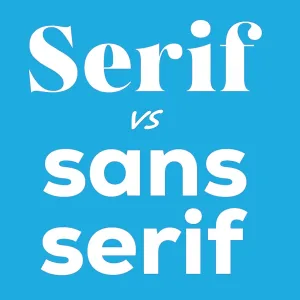
Serif vs Sans Serif Fonts: Which to use for a Print Project?
Read This Article

7 Interesting Facts you might not know about Offset Printing
Read This Article
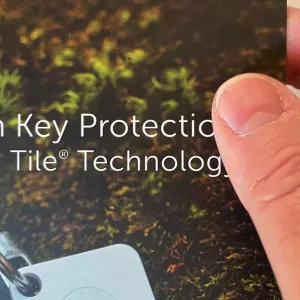
Print Marketing: Exploring the Allure of a Soft Touch Finish
Read This Article
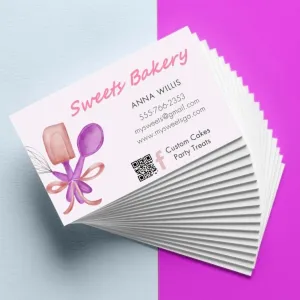
Business Card Printing: 5 Common Mistakes to Avoid
Read This Article